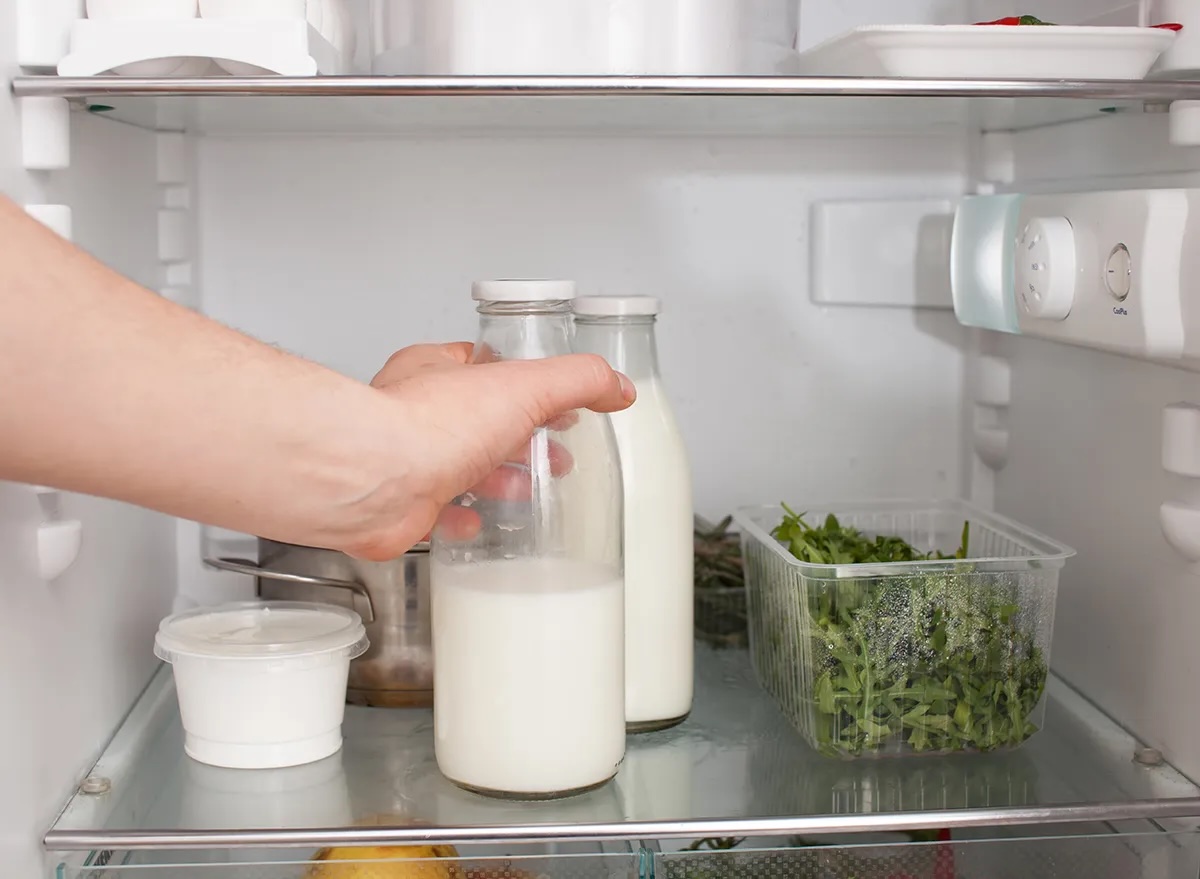

Articles
How To Store Raw Milk
Modified: August 17, 2024
Learn the best methods for storing raw milk to keep it fresh and safe. Explore expert articles on proper storage techniques and avoid spoilage.
(Many of the links in this article redirect to a specific reviewed product. Your purchase of these products through affiliate links helps to generate commission for Storables.com, at no extra cost. Learn more)
Introduction
Raw milk, also known as unpasteurized milk, has gained popularity in recent years due to its perceived health benefits. Unlike pasteurized milk, raw milk is not subjected to high heat treatment, which means it retains more of its natural nutrients and enzymes.
However, storing raw milk requires certain considerations to ensure its freshness and safety. In this article, we will explore the proper methods and guidelines for storing raw milk, whether in the refrigerator or freezer.
By following these tips, you can maximize the shelf life of your raw milk and enjoy its nutritional benefits for longer periods.
Key Takeaways:
- Proper storage of raw milk is crucial for preserving its nutritional benefits and safety. From choosing the right container to maintaining the correct temperature, following guidelines ensures maximum freshness and minimizes the risk of foodborne illnesses.
- While raw milk offers health advantages, it’s essential to prioritize safety. Understanding state regulations, sourcing from reputable farms, and practicing proper hygiene are vital for enjoying the benefits of raw milk while minimizing potential risks.
Read more: How To Store Raw Beef
The Benefits of Raw Milk
Raw milk is often touted for its numerous health benefits. Here are some key advantages of consuming raw milk:
1. Higher Nutritional Content: Raw milk contains a higher concentration of vitamins, minerals, and enzymes compared to pasteurized milk. These nutrients are essential for maintaining overall health and well-being.
2. Enhanced Digestibility: The naturally occurring enzymes present in raw milk aid in the digestion process. Some individuals who struggle with digesting pasteurized milk find that they can tolerate raw milk better.
3. Boosts Immunity: Raw milk contains beneficial bacteria and antibodies that may support a healthy immune system. These components play a crucial role in protecting against infections and diseases.
4. Potential Allergy and Asthma Relief: Some individuals with allergies or asthma report that consuming raw milk helps alleviate their symptoms. However, it is essential to consult a healthcare professional before making any dietary changes.
5. Rich Flavor: Many people appreciate the distinct, robust taste of raw milk. The natural flavors and aromas can enhance a variety of dishes and beverages.
It is important to note that the consumption of raw milk carries potential risks, especially for individuals with compromised immune systems, infants, and pregnant women. It is crucial to source raw milk from reputable and regulated farms to ensure its safety.
Next, let’s explore the important considerations you should keep in mind before storing raw milk.
Important Considerations before Storing Raw Milk
Before you start storing raw milk, there are a few crucial considerations to keep in mind:
1. Source Quality: Ensure that the raw milk you are purchasing comes from a reliable and reputable source. Look for farms or dairies that follow strict hygiene practices and regularly test their milk for contaminants.
2. Freshness: Raw milk is highly perishable, so it is essential to consume it while it is still fresh. Check the expiration or “sell-by” date on the packaging, and make sure to use the milk within that time frame.
3. Health and Safety: Raw milk can contain harmful bacteria, such as Salmonella, E. coli, and Listeria. It is crucial to handle and store raw milk with great care to minimize the risk of foodborne illnesses. Practice proper hygiene and sanitation when working with raw milk.
4. Know Your State Regulations: Raw milk laws vary from state to state, with some states completely prohibiting its sale. Make sure to be aware of the legal requirements in your area to ensure compliance.
5. Labeling: Properly label your raw milk containers with the date of purchase or collection. This will help you keep track of its freshness and ensure that you use the oldest milk first.
6. Quantity: Consider how much raw milk your household can consume within a given time frame. It is generally recommended to purchase or collect smaller quantities of raw milk to prevent waste.
By paying attention to these considerations, you can ensure that you are handling and storing raw milk in the best possible manner. Next, let’s discuss the importance of choosing the right containers for storing raw milk.
Choosing the Right Container
When it comes to storing raw milk, selecting the right container is crucial for maintaining its freshness and quality. Here are some important factors to consider:
1. Glass or Food-Grade Plastic: It is recommended to store raw milk in glass containers or food-grade plastic containers specifically designed for holding liquids. These materials are non-reactive and do not transfer any unwanted tastes or chemicals to the milk.
2. Airtight and Leak-Proof: Ensure that the container you choose has a secure lid that creates an airtight seal. This will help prevent the entry of bacteria and keep the milk fresh for a longer period.
3. Proper Size: Select a container size that matches your consumption needs. It is better to choose smaller containers to minimize the exposure of the milk to air each time you open the container.
4. Easy to Clean: Look for containers that are easy to clean and sanitize. This is especially important for raw milk, as proper cleaning practices can help prevent bacterial contamination.
5. Dark-Colored Containers: If possible, opt for dark-colored containers or store the milk in a dark environment. Exposure to light can degrade the quality of raw milk and affect its taste.
6. Storage Space: Consider the available storage space in your refrigerator or freezer. Ensure that the container size allows for efficient storage and stacking.
Remember to thoroughly clean and sanitize your chosen containers before using them for storing raw milk. This will help maintain the integrity and freshness of the milk and minimize the risk of bacterial growth.
Now that we have covered the importance of choosing the right container, let’s move on to discussing the proper temperature for storing raw milk.
Proper Temperature for Storing Raw Milk
The correct temperature is crucial for preserving the freshness and safety of raw milk. Here are the recommended temperature guidelines for storing raw milk:
Refrigerator Storage: Raw milk should be stored in the refrigerator at a temperature of 38°F to 40°F (3°C to 4°C). This temperature range helps slow down the growth of bacteria and maintains the quality of the milk.
Freezer Storage: If you plan to store raw milk for an extended period, freezing is an option. It is important to note that freezing can impact the taste and texture of the milk. Raw milk can be stored in the freezer at a constant temperature of 0°F (-18°C) for up to 3 months.
Consistent Temperature: It is crucial to ensure that the temperature in both the refrigerator and freezer remains consistent. Frequent temperature fluctuations can affect the quality of the milk and increase the risk of bacterial growth.
Separate Storage: To avoid cross-contamination, store raw milk separately from other food items in the refrigerator or freezer. This helps prevent any potential transfer of bacteria or odors.
Remember to monitor the temperature of your refrigerator and freezer regularly using a reliable thermometer. This will help you ensure that the milk is being stored at the appropriate temperature levels.
Now that we understand the proper temperature for storing raw milk, let’s dive into the specifics of storing raw milk in the refrigerator.
Store raw milk in the coldest part of the refrigerator, ideally at 38-40°F (3-4°C). Keep it in its original container, tightly sealed, and away from strong-smelling foods to prevent absorption of odors.
Read more: How To Store Raw Chicken
Storing Raw Milk in the Refrigerator
When storing raw milk in the refrigerator, follow these guidelines to maintain its freshness and safety:
1. Quick Refrigeration: As soon as you bring the raw milk home or collect it, promptly transfer it to the refrigerator. The faster you can cool the milk, the better it will retain its quality.
2. Use the Coldest Area: Place the raw milk in the coldest part of the refrigerator, usually on a shelf near the back. This area experiences the least temperature fluctuations, ensuring optimal freshness.
3. Avoid Door Storage: Do not store raw milk in the refrigerator door, as it is the warmest part and is exposed to more temperature fluctuations when the refrigerator is opened.
4. Keep Sealed and Covered: Ensure that the raw milk container is tightly sealed to prevent moisture, odors, and bacteria from entering. If the container does not have a cover, use plastic wrap or foil to cover the opening securely.
5. Avoid Overfilling: Leave some headspace in the container to accommodate expansion, especially if you plan to freeze a portion of the milk. Overfilled containers can burst during freezing.
6. Maintain Proper Hygiene: Regularly clean the refrigerator to prevent any potential contamination. Wipe up any spills or leaks promptly to avoid bacterial growth.
7. Check for Spoilage: Regularly inspect the raw milk for any signs of spoilage, such as off smells or curdled consistency. If you notice any changes, discard the milk immediately.
By following these guidelines, you can ensure that your raw milk stays fresh and safe for consumption in the refrigerator. However, if you have a surplus or anticipate not using the milk within a few days, freezing it can be a viable option. Let’s explore freezing raw milk in the next section.
Freezing Raw Milk
Freezing raw milk can be a convenient way to extend its shelf life and ensure that you always have a supply on hand. Here are some steps to follow when freezing raw milk:
1. Transfer to Freezer-Safe Containers: Pour the raw milk into freezer-safe containers, leaving some headspace for expansion. Glass jars or plastic containers designed for freezing liquids are ideal options.
2. Label and Date: Properly label each container with the date of freezing. This will help you keep track of its freshness and ensure that you use the oldest milk first.
3. Cool Before Freezing: Allow the raw milk to cool in the refrigerator before placing it in the freezer. Cooling it helps minimize temperature fluctuations and prevents the milk from partially thawing other items in the freezer.
4. Freezer Placement: Place the containers in the coldest part of the freezer, usually towards the back. Avoid overcrowding the freezer to allow for proper airflow.
5. Thawing Process: When you’re ready to use the frozen raw milk, transfer it to the refrigerator to thaw slowly. Avoid thawing at room temperature or using quick thaw methods, as these can affect the quality of the milk.
6. Shake Well: After thawing, give the raw milk a gentle shake or stir to redistribute any cream that may have separated during freezing.
7. Check for Consistency: Once thawed, check the consistency and smell of the milk. If it appears curdled or has an off odor, discard it as it may have spoiled during freezing or thawing.
It’s important to note that freezing may affect the texture and taste of raw milk. Some separation may occur, but a gentle shake or stir can help restore its smoothness.
Remember that the quality of the frozen raw milk may deteriorate over time, so it’s best to use it within 3 months for optimal flavor and freshness.
Now that you know how to freeze raw milk, let’s address some frequently asked questions regarding the storage of raw milk.
Frequently Asked Questions about Storing Raw Milk
Q: Can I store raw milk at room temperature?
A: It is not recommended to store raw milk at room temperature. Raw milk is highly perishable and can spoil quickly if not stored at the proper temperature. It is best to store raw milk in the refrigerator or freezer.
Q: How long can I store raw milk in the refrigerator?
A: Raw milk can generally be stored in the refrigerator for up to 7-10 days, depending on its freshness and storage conditions. Always check for signs of spoilage before consuming.
Q: Can I refreeze raw milk that has been thawed?
A: It is not recommended to refreeze raw milk that has been thawed. Freezing and thawing can affect the quality and taste of the milk, and refreezing it may further compromise its freshness.
Q: Is it safe to store raw milk in the freezer?
A: Yes, raw milk can be safely stored in the freezer. However, it is important to use freezer-safe containers and label them properly to ensure freshness and prevent cross-contamination.
Q: How can I tell if raw milk has gone bad?
A: Signs of spoiled raw milk include a sour smell, unusual consistency, and off flavors. If you notice any of these signs, it is best to discard the milk to avoid the risk of foodborne illnesses.
Q: Can I store raw milk in plastic containers?
A: Yes, you can store raw milk in food-grade plastic containers designed for holding liquids. Make sure the containers are properly sealed and free from any chemicals that may leach into the milk.
Q: Can I drink raw milk straight from the freezer?
A: While raw milk can be consumed directly from the freezer, it is recommended to thaw it slowly in the refrigerator for the best taste and texture.
Remember to always prioritize safety and freshness when storing raw milk. When in doubt, trust your senses and discard any milk that appears or smells questionable.
Now, let’s wrap up this article.
Conclusion
Storing raw milk properly is essential to preserve its freshness, nutritional benefits, and safety. By following the guidelines outlined in this article, you can ensure that your raw milk remains in optimum condition for as long as possible.
Remember to consider the important factors before storing raw milk, such as sourcing quality milk, understanding state regulations, and practicing proper hygiene. Choose the right container, whether glass or food-grade plastic, and ensure it is airtight and leak-proof.
When storing raw milk in the refrigerator, maintain a temperature between 38°F to 40°F (3°C to 4°C), and place the milk in the coldest part of the refrigerator. Avoid storing raw milk in the refrigerator door, as it is subject to temperature fluctuations.
If you have a surplus of raw milk or need to store it for an extended period, freezing is an option. Transfer the milk to freezer-safe containers, label them with the date of freezing, and store them in the coldest part of the freezer at 0°F (-18°C) for up to 3 months.
Always thaw frozen raw milk in the refrigerator and check for any signs of spoilage before consuming. Trust your senses and discard the milk if it appears curdled, smells off, or has an unusual consistency.
While raw milk offers numerous benefits, it is important to note that consuming raw milk carries potential risks, especially for certain groups such as infants, pregnant women, and individuals with compromised immune systems. It is crucial to source raw milk from reputable and regulated farms to ensure its safety.
By following these storage guidelines and considering the safety measures, you can enjoy the benefits of raw milk while minimizing the risk of foodborne illnesses.
Remember to always prioritize food safety and follow the regulations and guidelines in your area when it comes to raw milk consumption and storage.
Now that you have a comprehensive understanding of how to store raw milk properly, you can confidently enjoy the nutritional benefits it provides while ensuring its freshness and safety.
Frequently Asked Questions about How To Store Raw Milk
Was this page helpful?
At Storables.com, we guarantee accurate and reliable information. Our content, validated by Expert Board Contributors, is crafted following stringent Editorial Policies. We're committed to providing you with well-researched, expert-backed insights for all your informational needs.
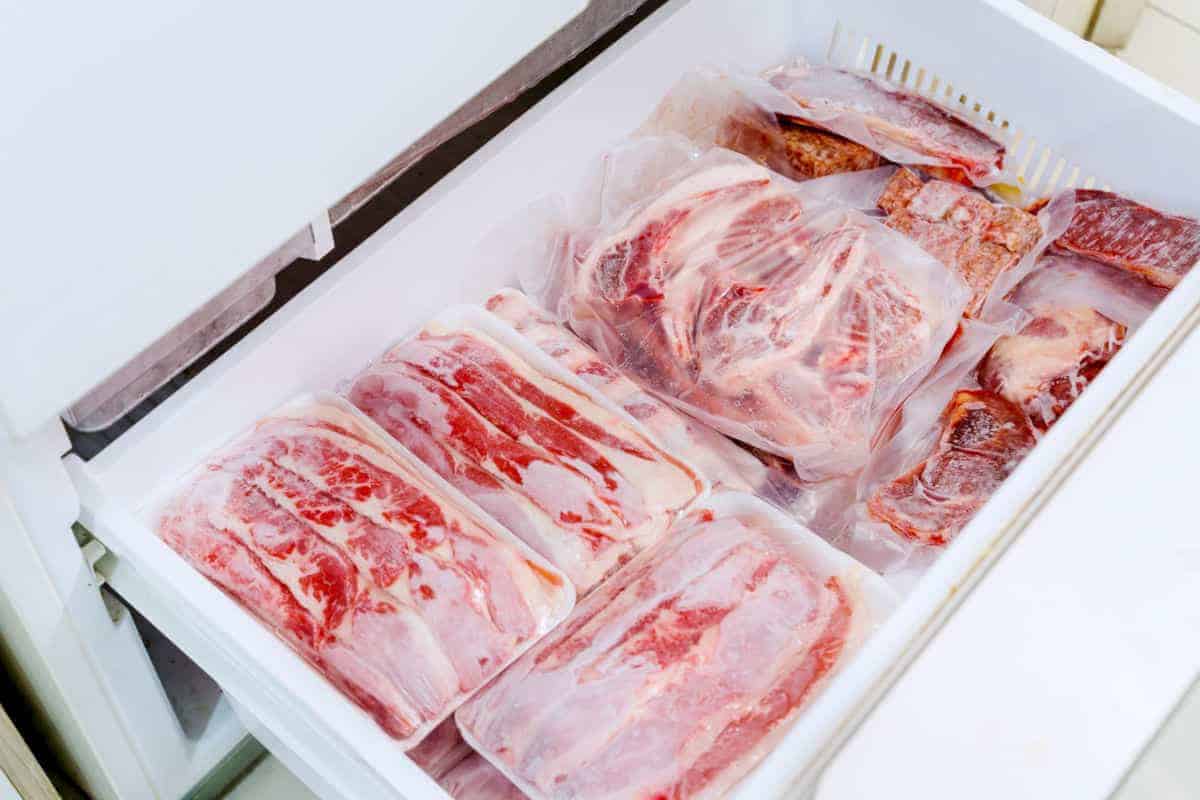
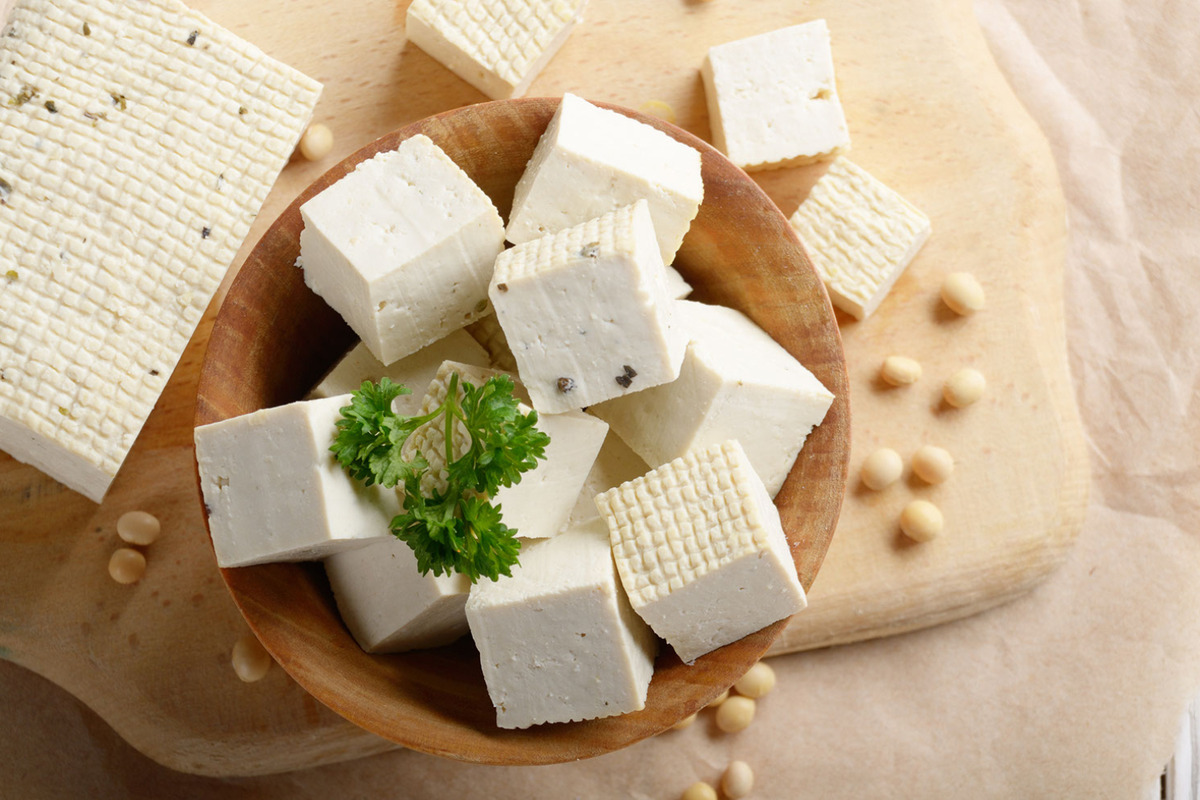
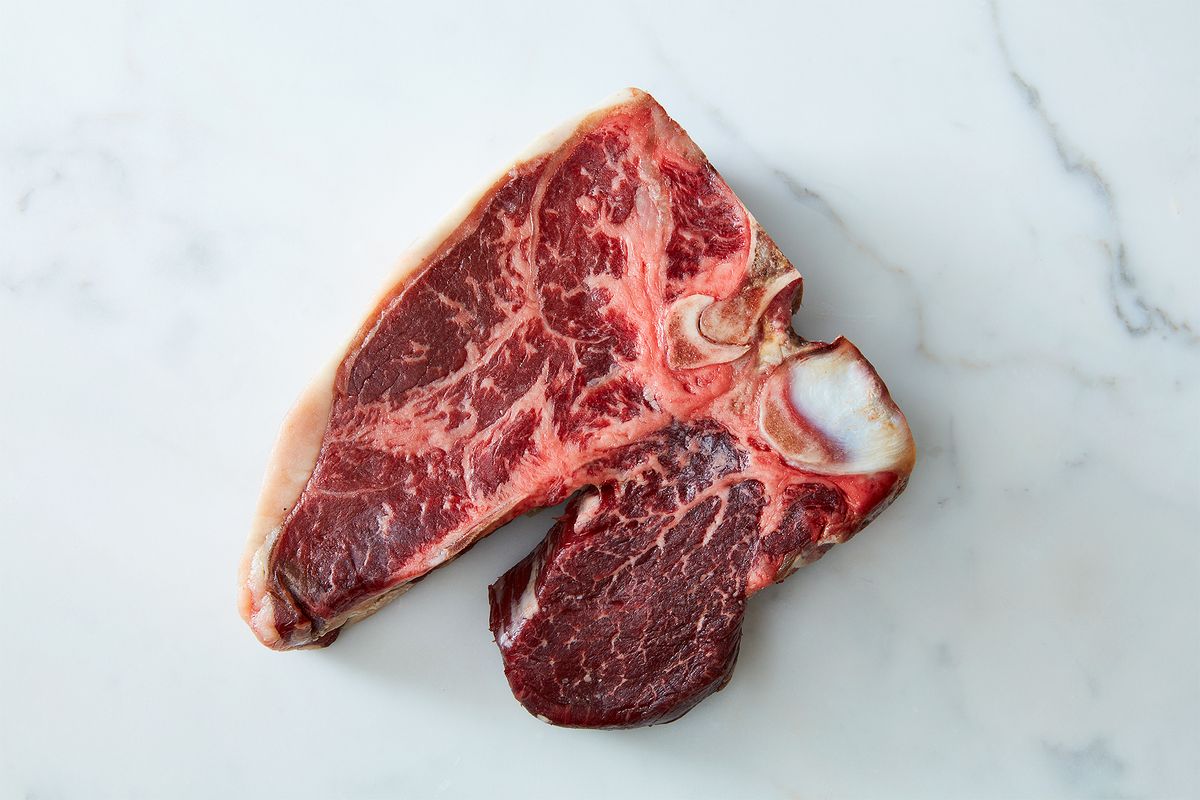
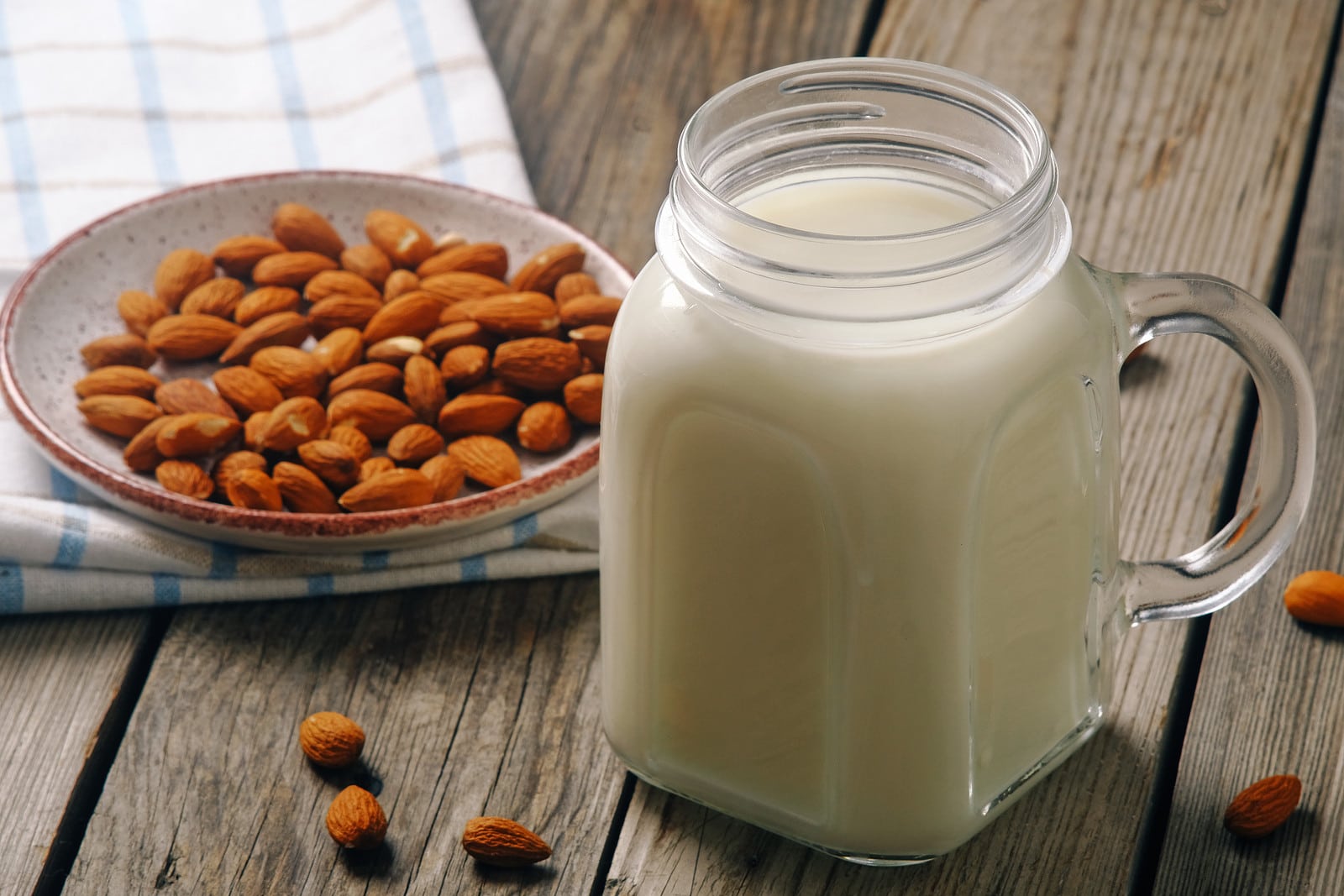
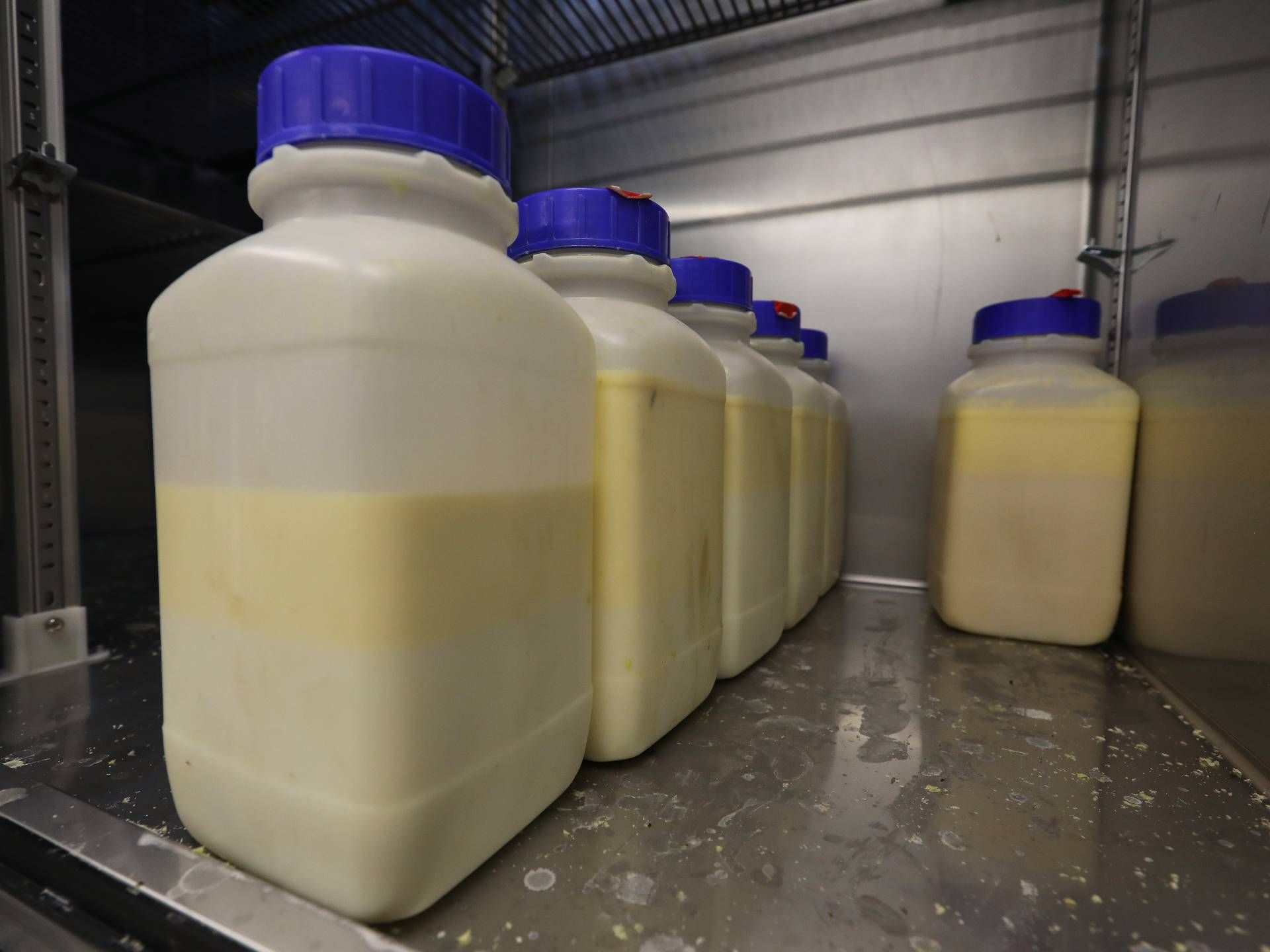
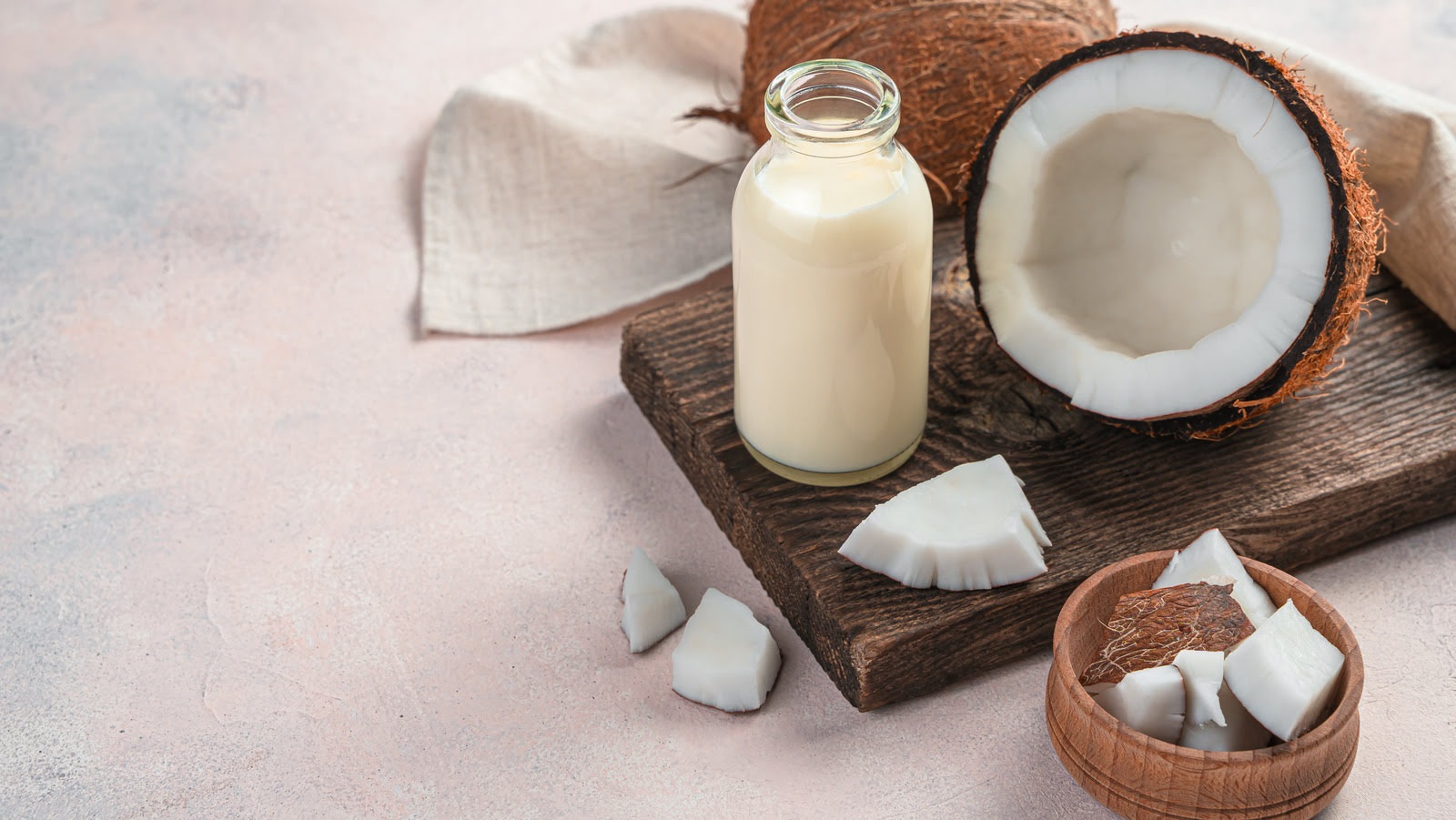
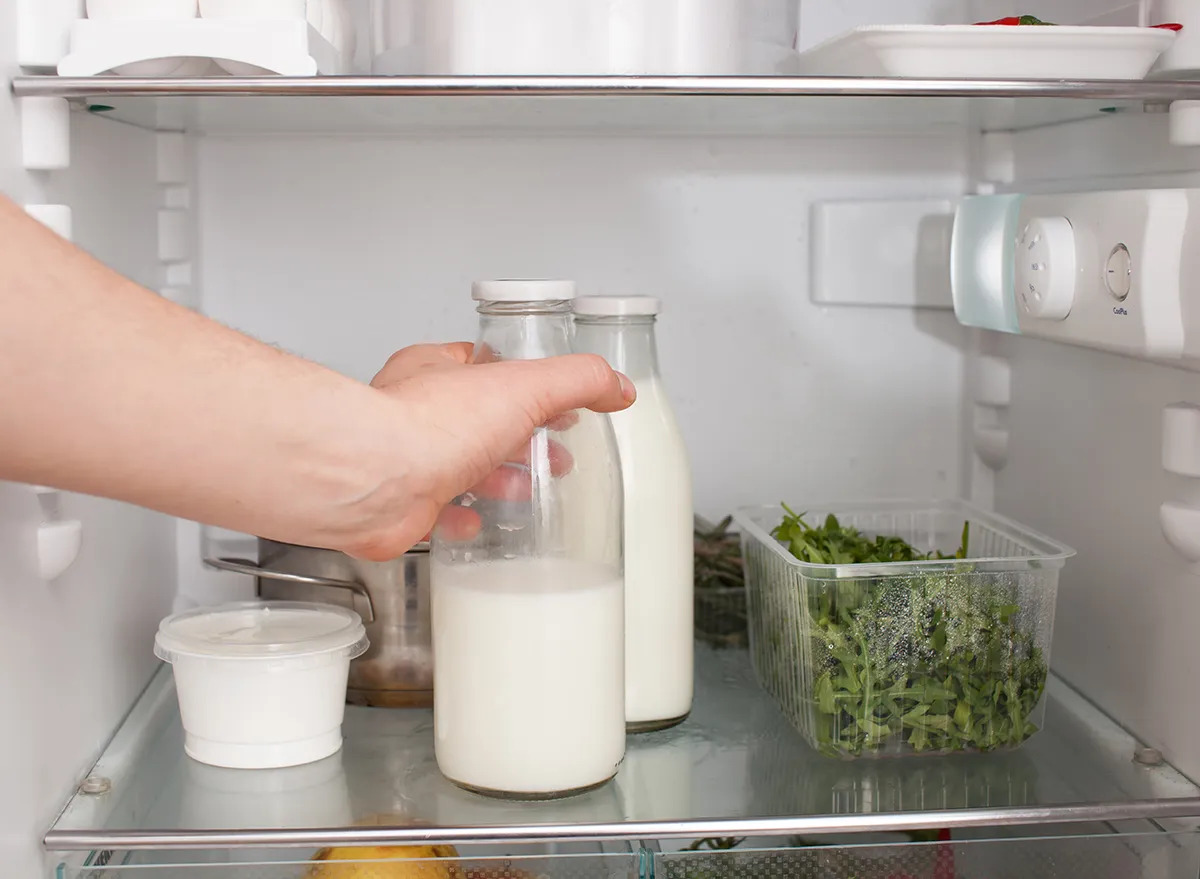
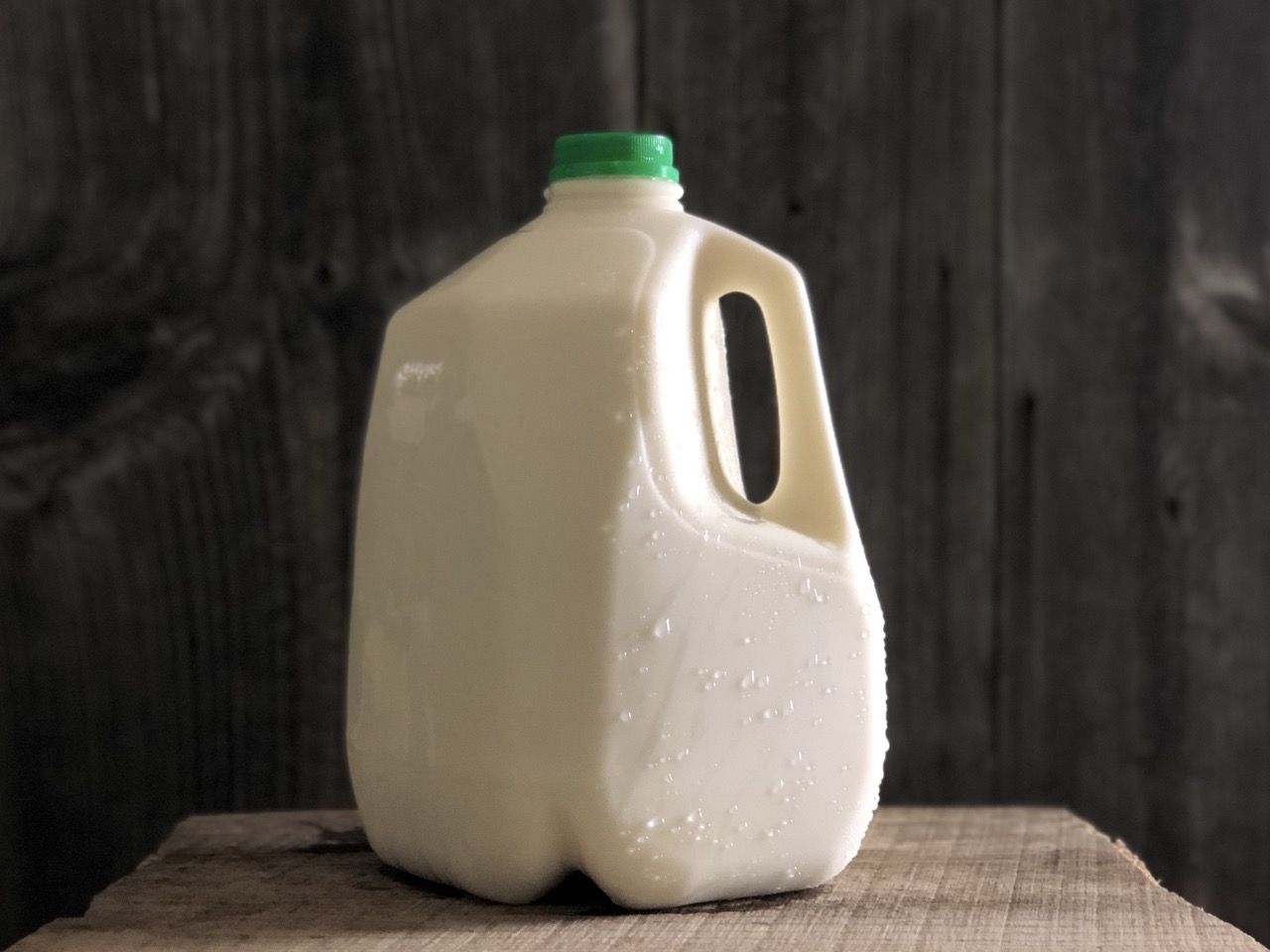
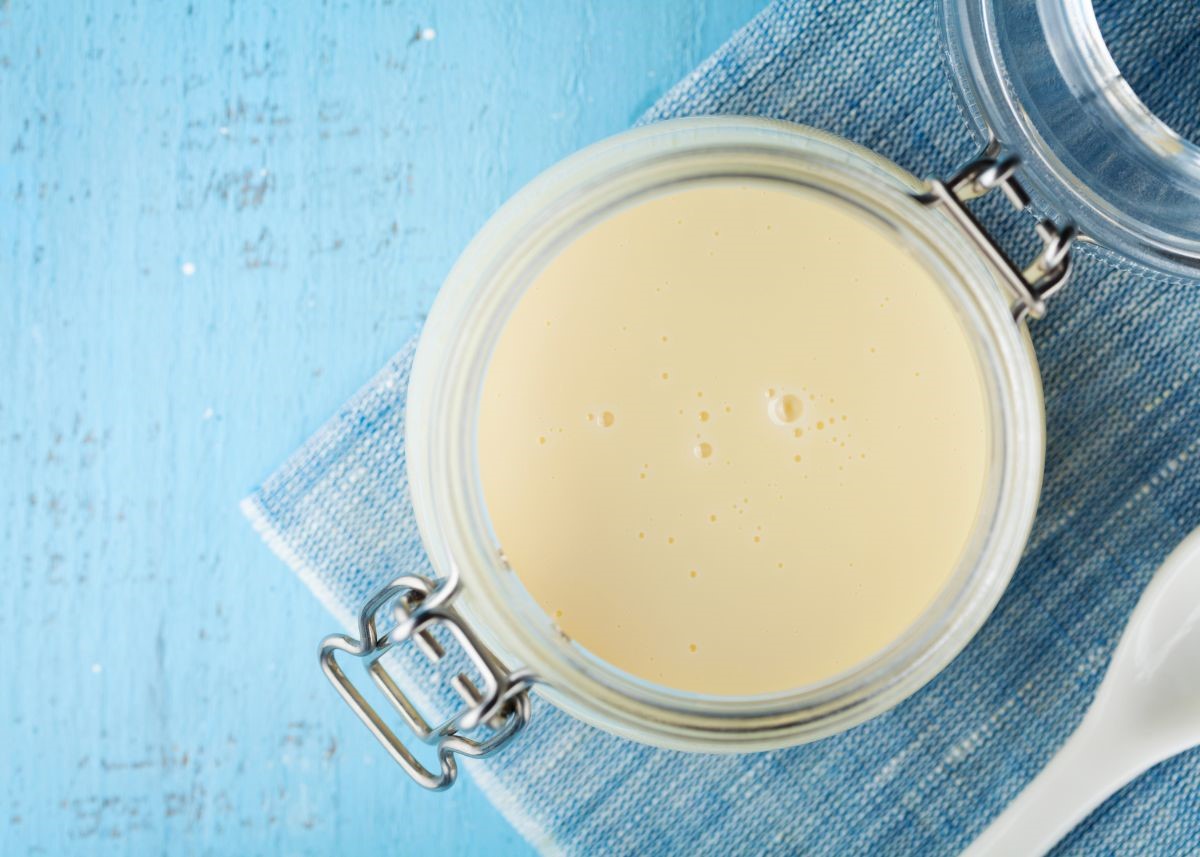

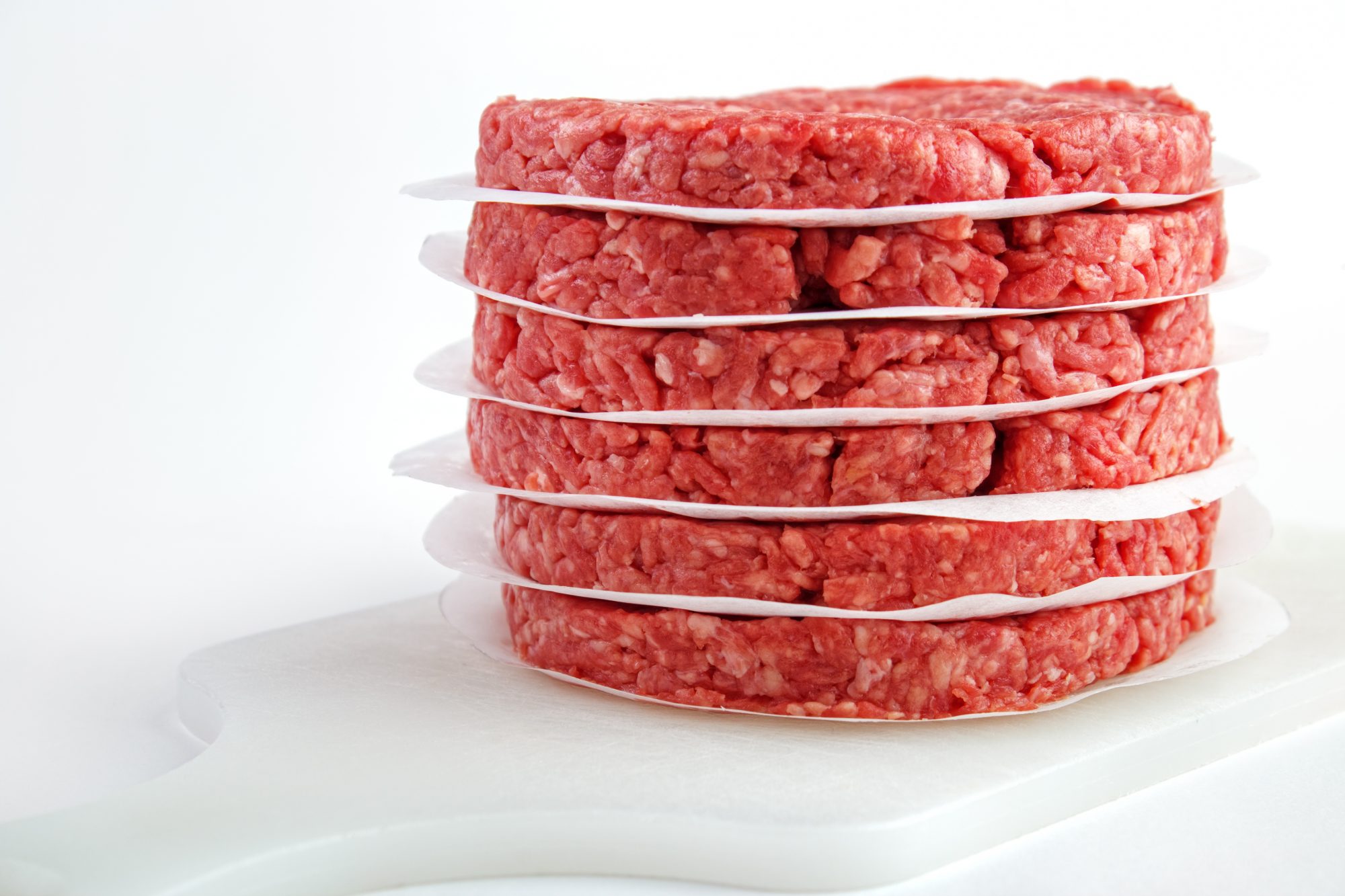

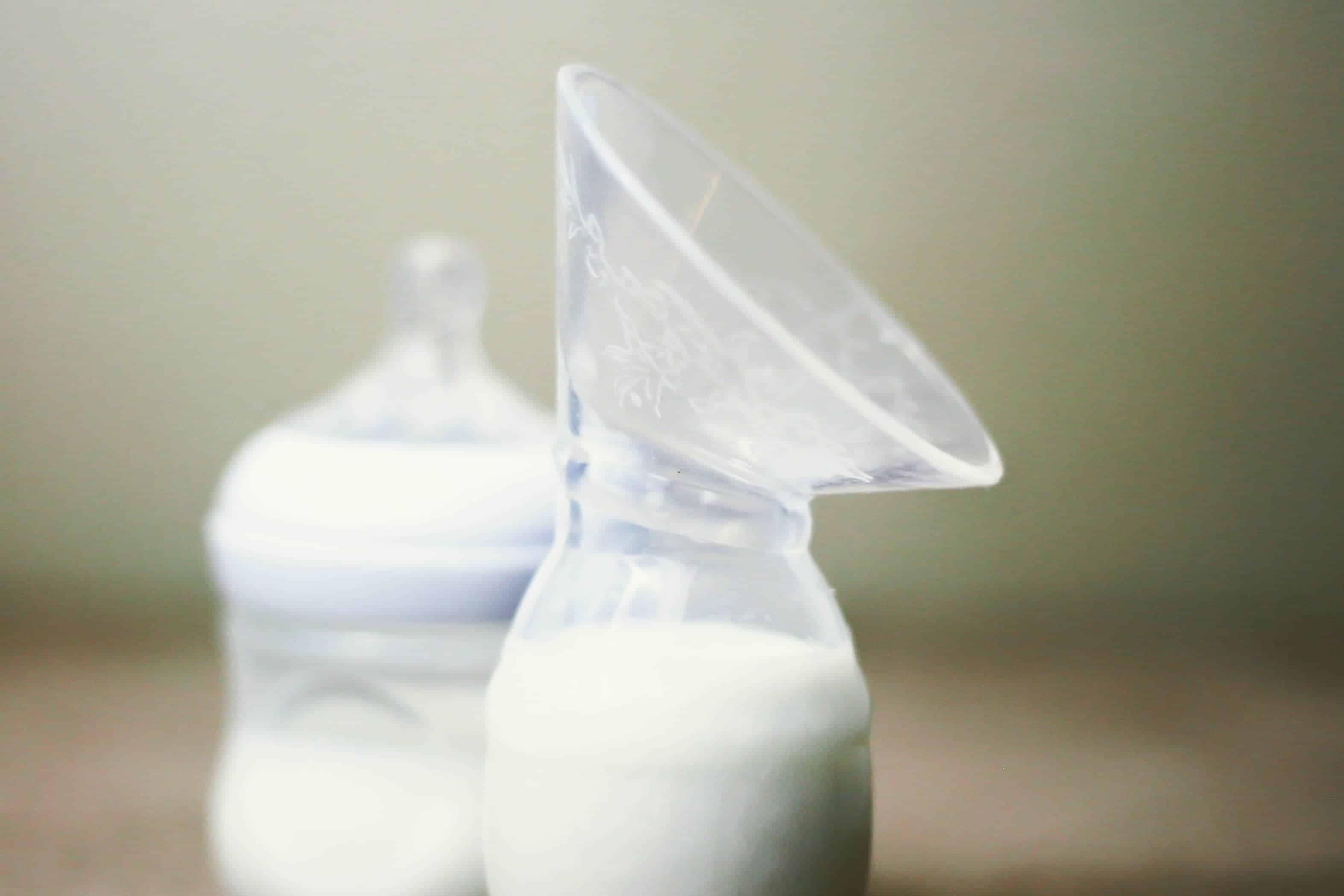
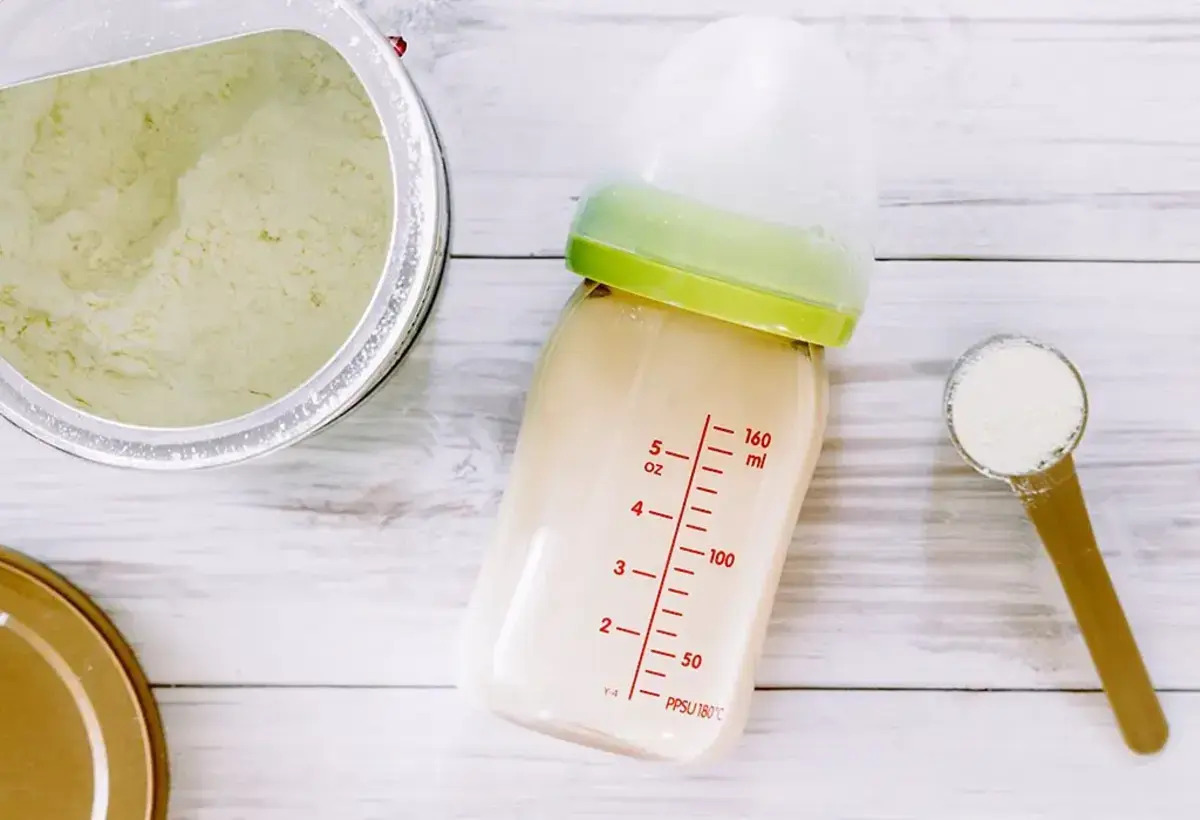

0 thoughts on “How To Store Raw Milk”